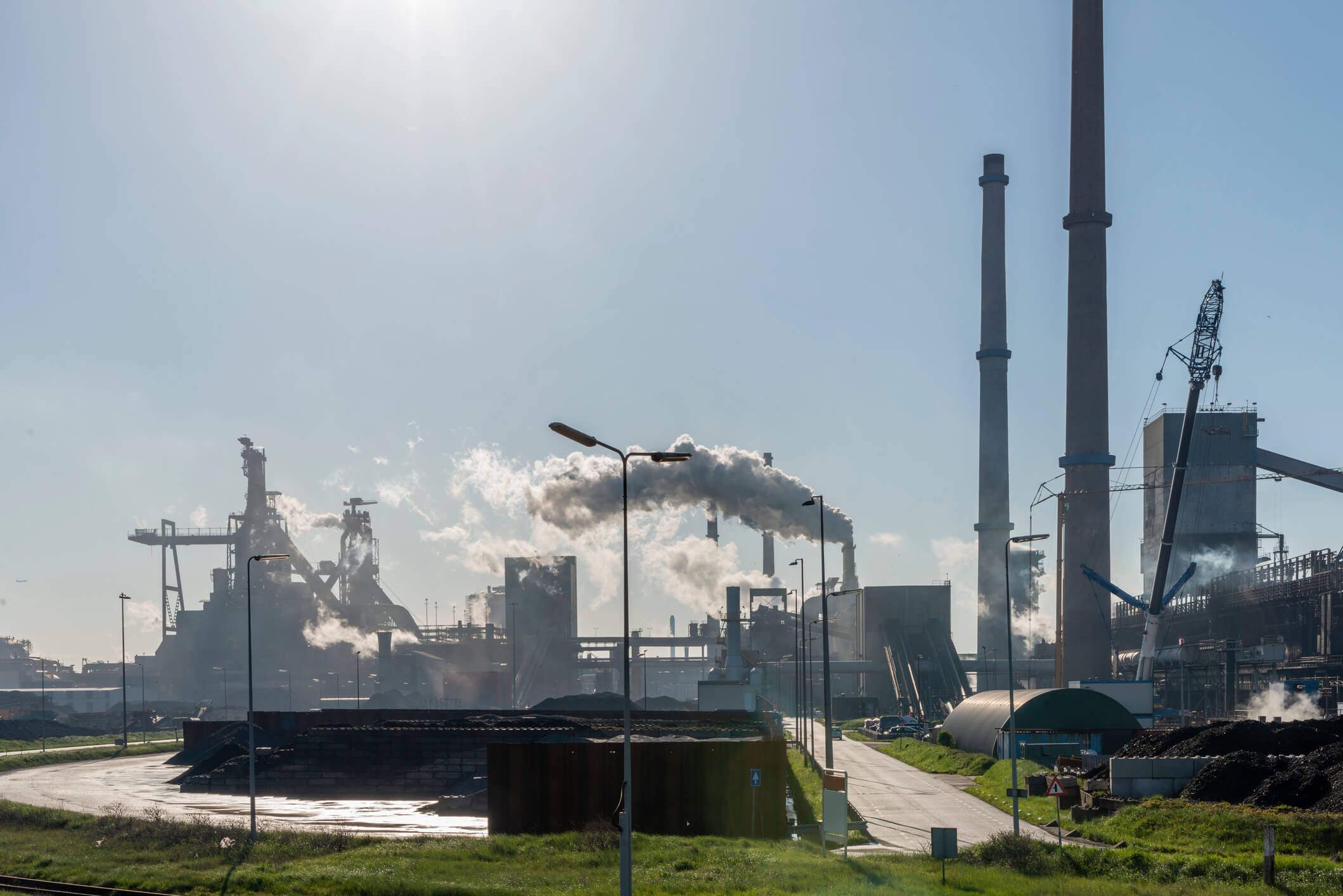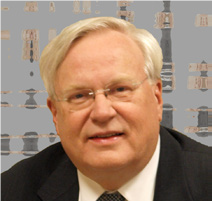On October 1, 2020, the EPA finalized a ruling that no longer enforces the “once in, always in” air emissions policy.
For a bit of history, in 1995 the Office of Air Quality Planning and Standards (OAQPS) issued a policy opinion that once a facility was determined “major” (10 tons for a single hazardous pollutant, or 25 tons for two or more pollutants) that facility would remain classified as major source of emissions forever, i.e. once in always in. This meant that even if the facility reduces its emissions to below the major source threshold, either by controls or reductions in operations, it would still be subject to the major source rules. This is important since requirements for control equipment or procedures and numerous monitoring, recording and reporting obligations are based around this classification.
Related Services
EPA revised the policy in 2018 and then proposed to revise the rules
Under the finalized rule (RIN:2060-AM75), published October 1, 2020, once a facility goes below the major source threshold, the major source requirements could be removed from the permit.

The change seems to be relatively simple and straightforward and would be consistent with the concepts of thresholds in the Clean Air Act. Environmentalists and some states are opposed to the rule because they say there would be increases of thousands of tons of hazardous air pollutants. This suggests that as a result of this rule, hundreds of facilities would turn off previously required control equipment or increase their emissions. EPA’s Regulatory Impact Analysis concluded that few facilities (estimated at 3.1 percent) would actually increase emissions under the rule and that at most the increases, if actually undertaken, would increase emissions from 919 tons to 1,258 tons per year. All of which depends on whether the states would allow the permit changes.
There is sure to be a court challenge as there was for the policy and the proposed rule. Check TRC’s regulatory updates for more developments as they occur.



